Choosing the Right Saltwater Fishing Reels can be a daunting task at the best of times. There is a wide variety of Saltwater Fishing Reels options.
Choosing the Right Saltwater Fishing Reels: Which Reel is Best Fo You?
The thrill of a bending rod, the scream of the drag, and the powerful pull of a fish from the depths – there’s nothing quite like saltwater fishing. But to truly enjoy (and succeed in) this challenging pursuit, you need the right gear, and at the heart of your setup is the fishing reel. Unlike freshwater environments, the ocean presents unique adversaries: corrosive saltwater, powerful currents, and formidable, hard-fighting fish. This is why choosing the right saltwater fishing reels is paramount to your success and enjoyment.
This comprehensive guide will walk you through the essential considerations, helping you navigate the vast array of options available, from heavy duty saltwater fishing reels designed for offshore monsters to lighter setups perfect for inshore finesse.
Why Saltwater Reels are Different (and Why it Matters)
Saltwater is relentlessly corrosive. A standard freshwater reel exposed to saltwater will quickly degrade, seizing up and failing. Saltwater reels are specifically engineered to withstand this harsh environment. Key differences include:
- Corrosion Resistance: Materials like anodized aluminum, stainless steel, and high-grade composites are used. Bearings are sealed or made from corrosion-resistant alloys.
- Powerful Drag Systems: Saltwater fish are often larger and stronger. Reels need smooth, powerful drag systems to handle long runs and heavy pressure without seizing or overheating.
- Robust Construction: Stronger gears, thicker main shafts, and more durable frames are common to withstand the immense forces exerted by large fish.
- Higher Line Capacity: Often, you’ll need more line to battle fish that make long, powerful runs in open water.
Understanding these fundamental differences is your first step in selecting the best fishing reels for saltwater.
Types of Saltwater Fishing Reels
Your choice of reel type largely depends on your fishing style, target species, and preferred casting method.
1. Saltwater Spinning Fishing Reels
- Description: The most common and versatile type, characterized by a fixed spool and a bail arm that wraps line onto it. You cast by opening the bail, casting, and then closing the bail to retrieve.
- Pros: Easy to use for beginners, excellent for casting lures, less prone to backlashes, versatile for various techniques (casting, jigging, live baiting). Ideal for light to medium applications.
- Cons: Generally less powerful than conventional reels for extremely large fish, line twist can be an issue with heavy use.
- Best For: Inshore species like redfish, snook, trout, flounder, light offshore jigging for snapper, grouper, or kingfish. A popular choice for a general saltwater fishing rod reel combo.
2. Saltwater Baitcaster Fishing Reel
- Description: Characterized by a revolving spool mounted on top of the rod. The spool rotates during casting and retrieve. They come in two main sub-types:
- Level Wind Baitcasters: Have a mechanism that evenly distributes line across the spool during retrieve. More common for inshore and nearshore baitcasting.
- Non-Level Wind (Lever Drag/Star Drag Conventional Reels): Often larger, designed for maximum power and brute strength, especially in offshore applications.
- Pros: Extremely powerful drag systems, excellent line capacity for their size, superior cranking power, allow for precise bait presentation, direct feel of the line. Check out our post — how much line for a spinning reel
- Cons: Can be challenging for beginners due to the propensity for backlashes (“bird’s nests”) if not spooled or cast correctly. Less ideal for frequent casting of light lures.
- Best For: Bottom fishing for snapper and grouper, trolling for tuna and marlin, jigging for amberjack, casting large baits for tarpon, or any situation requiring serious backbone. If you’re looking for heavy duty saltwater fishing reels, conventional/lever drag models are often the answer.
Key Features to Look For in Saltwater Reels
Once you’ve decided on the type, delve into these critical features:
- Drag System: This is arguably the most crucial component. Look for a smooth, consistent drag that can apply sufficient pressure without sticking or jerking. Carbon fiber, ceramic, or sealed drag washers are superior. A high maximum drag rating is important for big fish, but smoothness throughout the range is even more vital.
- Corrosion Resistance: Beyond just materials, consider sealed bearings, sealed drag systems, and protective coatings. This significantly extends the life of your reel, especially after you’ve learned the best way to clean saltwater fishing reels.
- Gear Ratio: This indicates how many times the spool rotates per turn of the handle.
- High Gear Ratio (e.g., 6.0:1 and up): Faster retrieve, good for techniques requiring quick line pickup like topwater lures or jigging.
- Low Gear Ratio (e.g., 4.0:1 or under): More cranking power, ideal for battling large fish or retrieving heavy baits.
- Medium Gear Ratio (e.g., 5.0:1): A versatile all-around choice.
- Bearings: More bearings generally mean smoother operation, but quality trumps quantity. Look for shielded or sealed stainless steel bearings for saltwater use.
- Construction Materials:
- Aluminum: Strong, rigid, and lighter than brass or steel. Anodized aluminum offers excellent corrosion resistance.
- Graphite: Lighter and less expensive, but less rigid than metal. Often used in budget or lighter reels.
- Stainless Steel/Brass: Used for internal gears and shafts due to their strength and durability.
- Line Capacity: Ensure the reel can hold enough line of your chosen breaking strength for the fish you target. A longer run from a kingfish or tuna can quickly strip a spool.
- Handle and Knobs: A comfortable, ergonomic handle is essential for long days on the water. Power knobs are excellent for leverage on larger reels.
Matching the Reel to Your Fishing Style
A good fishing rod reel combo saltwater setup is balanced and suited to your specific needs.
- Inshore Light Tackle (Redfish, Speckled Trout, Flounder): A 2500-4000 series spinning saltwater fishing reel or a low-profile baitcaster fishing reel will suffice. Look for smooth drag and good casting ability.
- Nearshore (Snapper, Grouper, King Mackerel, Cobia): A 5000-8000 series spinning reel or a 15-30lb conventional reel with a strong drag is ideal.
- Offshore Mid-Range (Tuna, Dolphin, Sailfish, Wahoo): This is where heavy duty saltwater fishing reels truly shine. Look for 12000+ series spinning reels or 30-50lb class conventional/lever drag reels.
- Offshore Big Game (Marlin, Giant Tuna): You’ll need specialized 80-130lb class conventional reels designed for extreme power and line capacity.
Buying Smart: Finding Saltwater Fishing Reels for Sale
You have several avenues when looking for saltwater fishing reels for sale:
- New Retail: The most common option, offering the latest technology and warranties. Prices vary widely, but you can find great options across all budget ranges.
- Discount Saltwater Fishing Reels: Keep an eye out for sales, closeouts, and past-season models at specialty tackle shops or online retailers. Sometimes, a slightly older model can be a fantastic deal without sacrificing much performance.
- Used Saltwater Fishing Reels for Sale: This can be a goldmine or a gamble. Reputable used gear shops or private sellers with good feedback can offer excellent value. However, thoroughly inspect the reel for corrosion, smooth operation, and any signs of damage before buying. Ask about its history and maintenance.
The Best Way to Clean Saltwater Fishing Reels
Proper maintenance is crucial for extending the life of your saltwater fishing reels and ensuring optimal performance. Regular cleaning is the best way to clean saltwater fishing reels and prevent corrosion.
- Rinse Immediately: As soon as you finish fishing, give your reel a thorough rinse with fresh, cool tap water. Do not use a high-pressure hose, as this can force saltwater deeper into the reel. Gently run water over it, making sure to rinse all surfaces, especially the spool, bail arm, and drag knob.
- Actuate Moving Parts: While rinsing, slowly turn the handle and cycle the drag a few times (with light pressure) to help flush out any salt crystals.
- Dry Thoroughly: Pat the reel dry with a clean cloth. Allow it to air dry completely in a shaded, well-ventilated area. Avoid direct sunlight, which can accelerate drying but also potentially damage components over time.
- Lubricate: Once completely dry, apply a very light coat of reel oil to moving parts like the handle knob, line roller (on spinning reels), and any exposed bearings. Use a very small amount of reel grease on the main gear if you’re comfortable opening the reel (refer to your reel’s manual). Never over-lubricate, as this can attract dirt.
- Storage: Store your reels in a cool, dry place away from direct sunlight and humidity. Consider a reel cover for added protection.
By following these simple steps consistently, you’ll ensure your best saltwater fishing reels remain in top condition for years to come.
Check Our Other Fishing Posts
- When you go fishing, you’re helping to protect the environment Your fishing trips support conservation efforts
- Go fishing to get some exercise find out how fishing can improve your health and boost your mood
- Fishing can also help reduce stress learn how casting your line can bring peace to your mind
- Watch funny videos of kids catching fish and enjoying their time outdoors
- Top five Leatherman multi-tools for fishermen. Find the best multi-tool for your needs
- Review of the top five handheld GPS devices for fishing. Choose the right one for your trips
Saltwater Fishing Reels Frequently Asked Questions
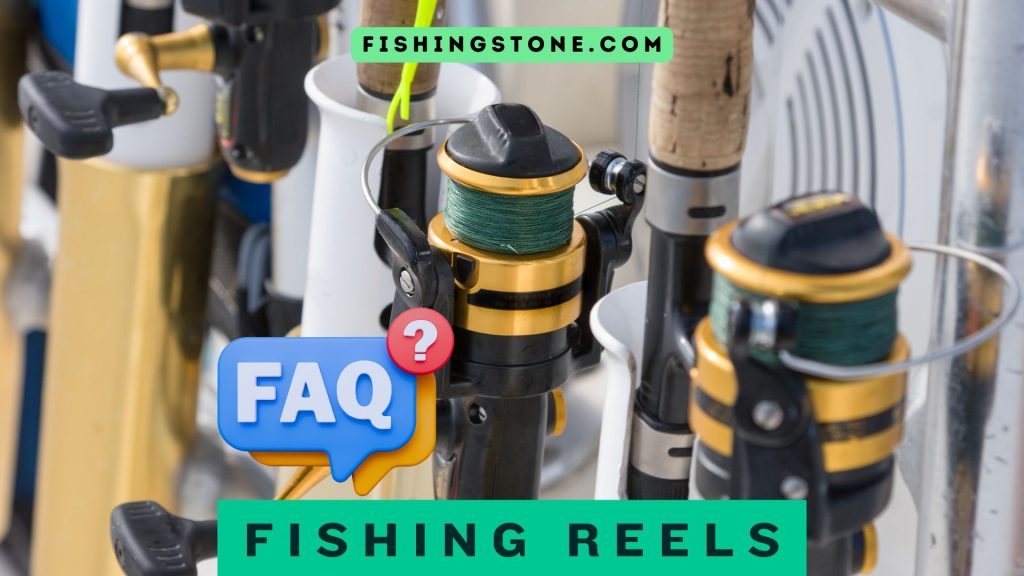
What’s the biggest difference between a freshwater and saltwater fishing reel? A1: The primary difference is corrosion resistance. Saltwater reels are built with more durable materials like anodized aluminum, stainless steel, and sealed components to withstand the corrosive effects of salt, whereas freshwater reels typically lack this level of protection. They also feature stronger drag systems and more robust construction to handle larger, more powerful saltwater fish.
Can I use a spinning reel for offshore saltwater fishing? Yes, absolutely! Modern spinning saltwater fishing reels have become incredibly powerful. Large capacity spinning reels (e.g., 12000 series and up) with strong drag systems are now commonly used for jigging, baiting, and even light to medium trolling for species like tuna, dolphin, and wahoo. For extreme big game, however, conventional/lever drag reels often remain the preferred choice.
Is it worth buying used saltwater fishing reels? Buying used saltwater fishing reels for sale can offer significant savings, but it comes with risks. It’s worth it if you can thoroughly inspect the reel for corrosion, smooth operation, and any signs of damage. Buying from reputable sellers or shops that offer a guarantee is advisable. Always consider the potential cost of servicing or repairs when evaluating a used reel’s price.
How often should I clean my saltwater fishing reel?
How often should I clean my saltwater fishing reel? You should rinse your saltwater fishing reels with fresh water after every single use, even if they just got a light spray. A more thorough cleaning and lubrication (as described in the “Best Way to Clean Saltwater Fishing Reels” section) should be done periodically, perhaps once a month for frequent use, or before long-term storage.
What’s better for saltwater: a fishing rod reel combo saltwater or buying separates? A fishing rod reel combo saltwater is often a good starting point for beginners or for general-purpose fishing, offering convenience and decent value. However, for specialized techniques or targeting specific species, buying a separate rod and reel allows you to perfectly match components for optimal performance and balance, often leading to a more customized and higher-performing setup.
Where can I find discount saltwater fishing reels? Discount saltwater fishing reels can often be found during seasonal sales events (e.g., Black Friday, end-of-season), at fishing expos, through online retailers’ clearance sections, or sometimes from manufacturers’ refurbished programs. Subscribing to newsletters from major tackle shops can also alert you to special offers.
Thank You For Reading Our Choosing the Right Saltwater Fishing Reels Post
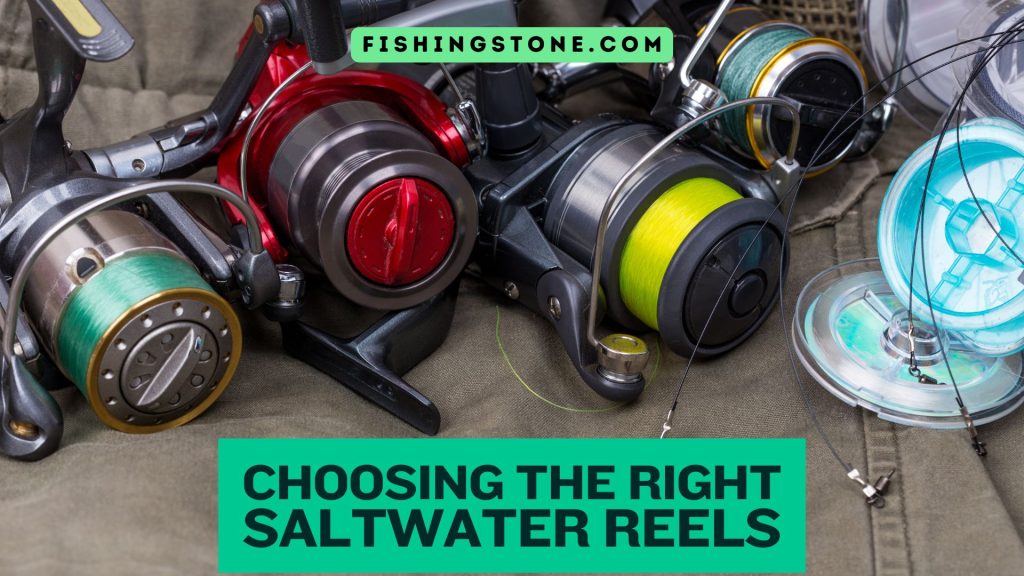
Choosing the right saltwater fishing reels is an investment in your angling success and enjoyment. By understanding the different types, key features, and how to match them to your fishing style, you can make an informed decision. Whether you’re targeting inshore reds with a versatile spinning saltwater fishing reel or chasing offshore giants with a powerful baitcaster fishing reel, there’s a perfect reel out there for you. Remember that proper maintenance, especially knowing the best way to clean saltwater fishing reels, will ensure your gear performs reliably whenever you hit the water.
Tight lines and happy fishing!
Fishing Stone posts on several sites on Socia Media. By joining us on your favorite ones you can get updates on our latest Fishing Posts.
Find us on Facebook – Twitter – Pinterest – YouTube
Check out our store for some cool fishing gadgets that any fisherman would enjoy! Hope you have fun Fishing every day. Fish On!


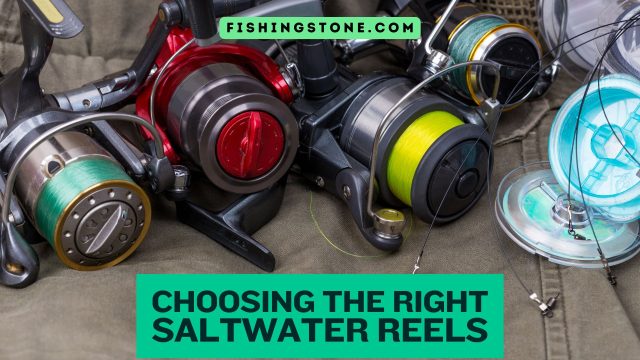
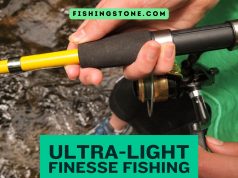

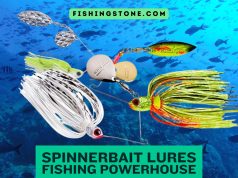
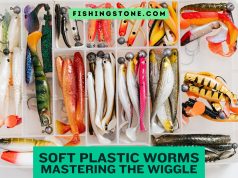
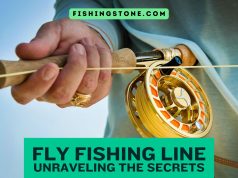
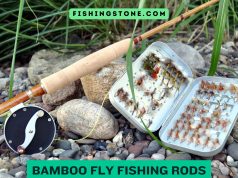


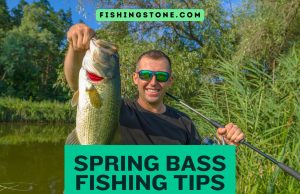
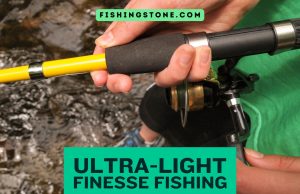

Choosing the right saltwater fishing reel can be hard due to many options. Reels vary in size, strength, and material. Light reels are good for small fish, but bigger fish need sturdy, heavy-duty models. You should consider the reel’s drag system. A smooth drag helps land tough fish and prevents line breakage. Look at gear ratio to match your fishing style. Faster reels are better for quick retrieves, while slower ones give more power. Corrosion resistance is important since saltwater can eat away at parts. Decide if you want spinning reels or baitcasting reels, as each has its strengths. Think about how often you’ll fish and what fish you’ll target. Picking the right reel means matching it to your needs and fishing conditions.